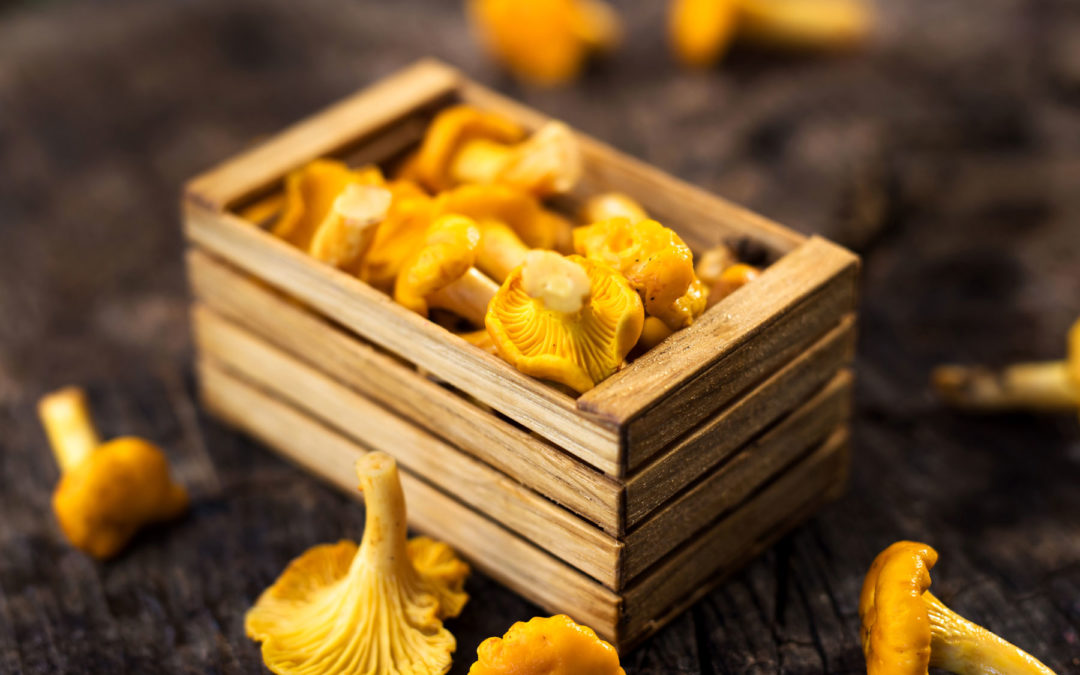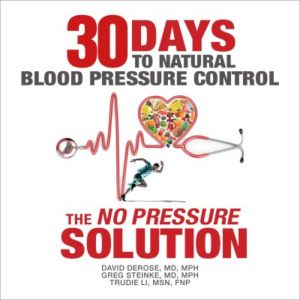Practical help for troubling fungus problems
Overview
There’s never been a better time to be alive! That is a bold statement. In fact, there is a pretty good chance you might disagree with this statement. You could bring up any number of concerns facing humanity to question this assertation. While you or I might argue over whether there’s ever been a better time to live, there is one group that wouldn’t—our skin. That’s right; I think it’s safe to say that skin health has never had more priority than right now. Thousands of new products, studies, and articles are dedicated to skin health every month. It truly is an excellent time for skin to be “alive.” And so, in that light, we will add another piece to this growing wealth.
No discussion about skin health is complete without addressing fungal infections. Yeast/fungi cause many common skin conditions. Although these germs belong to different “families” (technically called genera, which include: Microsporum, Trichophyton, and Epidermophyton), they can cause infections that often look similar. Athlete’s foot, jock itch, ringworm, and yeast infections are among the most common fungal infections. Because fungal infections are widespread, there is a high chance we will experience one at some point during our lives. Thankfully, there are many things we can do to reduce our chances of getting fungal infections and ways to treat them should they present themselves. Recognizing yeast infections is not overly complicated. Fungal infections often appear in warm, moist areas that favor yeast growth, such as between the webs of one’s toes, in the skin folds of overweight individuals, or the private areas. These infections often present as a red itchy rash. However, the infection can manifest as “ringworm” on exposed parts of the body.
Risk Factors and Prevention
Before we look at treatments, it will be helpful to understand some of the risk factors for fungal infections. It has been said that an ounce of prevention is worth a pound of cure. This adage certainly holds true regarding fungal infections. Being aware of the risk factors can go a long way in preventing fungal infections. Things as simple as wearing flip-flops when using public or shared showers, taking time to dry one’s skin thoroughly after bathing, and practicing good hygiene can offer significant protection against fungal infections. Below is a list of some of the primary risk factors.
- Genetic factors (including a predisposition to skin problems, “atopy”)
- Warm, moist conditions
- Communal bathing
- Weakened immune system (e.g., diabetes, cancer, AIDS, use of immunosuppressive drugs such as those in the cortisone family)
Common Treatment Strategies
Thankfully, if a fungal infection presents itself, there are several natural and over-the-counter treatments at your disposal. While most of these can be done at home, you should always consult your healthcare provider before self-treating. We have broken down some common treatment strategies into the following categories.
Hygiene and Clothing
- Keep affected areas as cool and dry as possible.
- Avoid tight-fitting garments.
- Choose clothing made from cotton as it offers superior breathability and drying as opposed to synthetic materials.
- Dry affected areas thoroughly after bathing. Do not vigorously rub with a towel as this can compromise skin integrity. Instead, pat dry with a towel, then finish drying using a hairdryer on the low heat setting.
- If the rectal area is affected, keep the site totally clean of any stool remnants by washing the area with lukewarm water following defecation (then follow the practice of patting the area dry and using the blow dryer)
- Block the cycle of itching and scratching that can keep the skin compromised and make it more difficult to clear the infection.
- Cover affected areas at night so you will not unconsciously scratch while asleep.
- Consider the use of Caladryl (Calamine lotion combined with the anti-itch Benadryl)
- Sometimes, steroid creams are used. However, they can make it harder to clear the infection (they suppress the immune system) and carry the risk of thinning the skin.
- An oral antihistamine may also be warranted.
Natural Compounds
Fungal infections often respond well to natural compounds that have antifungal properties. Oily compounds such as garlic oil and tea tree oil can be applied directly to the skin like a lotion. When using vinegar and other compounds, some people find it helpful to use a cotton cloth to administer. For example, in the case of athlete’s foot, small strips of cotton fabric can be soaked in vinegar and then wrapped between the toes (if the infection is present there). This strategy decreases evaporation and allows the compound to remain in contact with the affected area longer. The following natural compounds can be applied topically to the infected area.
- Garlic powder and/or garlic oil
- Calendula
- Myrrh
- Vinegar
- Tea tree oil
- Notes:
- The herb witch hazel is sometimes combined with calendula in a spray and applied to infected areas.
- Tea tree oil and vinegar are among the more irritating of these compounds (generally avoid them on mucous membranes such as those found around the rectum or in the vaginal area)
- A significant percentage of people using tea tree oil become sensitive/allergic to it; worsening rashes while using this agent may be a sign of allergy.
Diet
While diet might play a minor role in preventing and treating fungal infections than some other diseases, it still has its place. For example, fungal (yeast) infections appear to thrive on sugar; some individuals report significant improvement by decreasing consumption of sweets. Additionally, some find that beneficial changes in intestinal microorganisms (known as “gut flora”) can also help with fungal problems. Common strategies for enhancing intestinal flora include ingesting probiotics and “prebiotics.” Probiotics (so-called: “good bacteria”) can be found at most pharmacies or large grocery stores and can be taken orally to promote better gut health. “Prebiotics” are nondigestible fibers that favor the growth of good intestinal bacteria. Garlic, onions, and artichokes are good sources of such agents. It should be noted that oral garlic may also be beneficial because of its anti-fungal properties. Deodorized garlic supplements are often preferred; taking 250-350 mg twice daily should provide 8,000-10,000 mcg of allicin daily.
Over the Counter and Prescription Treatments
- Consider the use of agents with drying properties.
- Applying calamine lotion twice per day (the zinc in this compound helps with skin healing)
- Soaking in a dilute Burow’s solution twice daily
- Consider the use of topical over-the-counter medications. Examples include:
- Miconazole 2% cream (e.g., Monistat brand)
- Clotrimazole 1% cream or lotion (e.g., Lotrimin or Mycelex brands)
- Ketoconazole 2% cream (e.g., Nizoral brand)
- Note: these agents are generally applied twice per week and continued for one to two weeks after the rash clears
- Selenium sulfide, 2.5% (e.g., Selsun brand) is an alternative topical agent. It can be applied to affected areas after an evening bath. It is then washed off the following morning.
- Oral medications such as itraconazole (Sporanox), fluconazole (Diflucan), and terbinafine (Lamisil) can be employed in more resistant cases. However, oral drugs generally carry a more significant risk of side effects.[1]
Summary
In conclusion, there is both good and bad news. We’ll start with the bad news. As we learned, fungal infections are incredibly common. It is a near certainty that each of us has or will have one in our lifetimes. Let’s not forget the good news. There are many natural and over-the-counter resources at our disposal to prevent and treat yeast and fungal outbreaks. When used together, these hygiene principles, natural compounds, and medications can almost wholly rid our lives of fungal problems.
[1] Based on information compiled by David J. DeRose, MD, MPH and prepared for the Three Angels Broadcasting Network’s Health for a Lifetime
Taped December 2005




